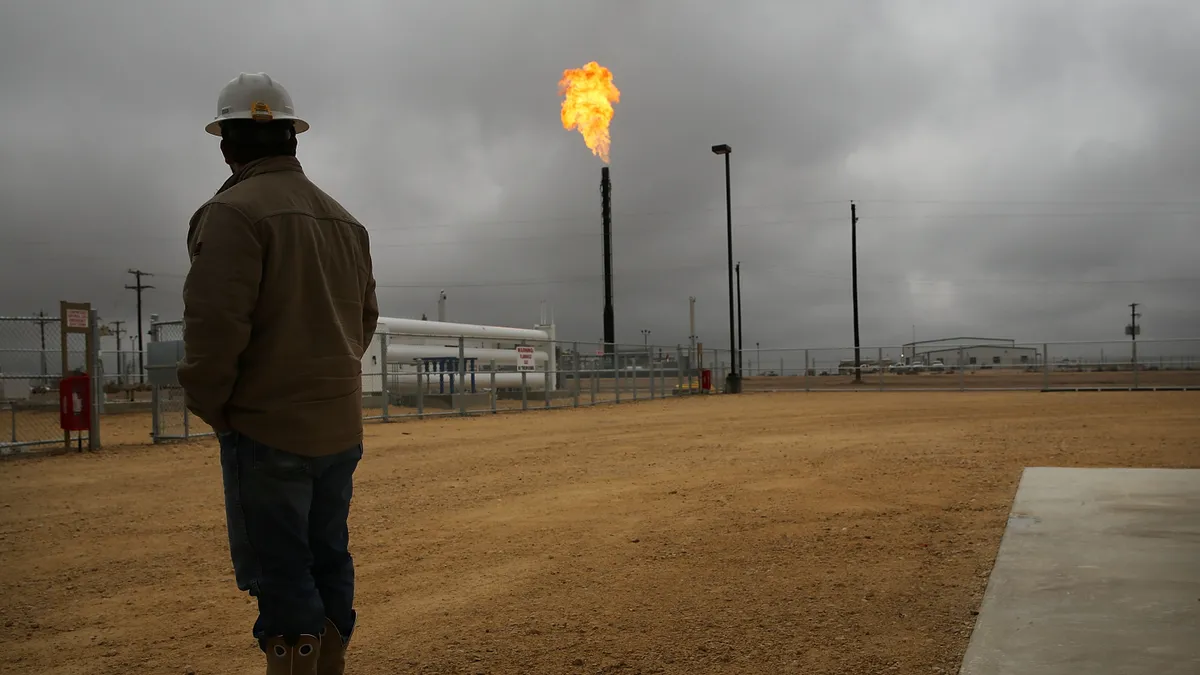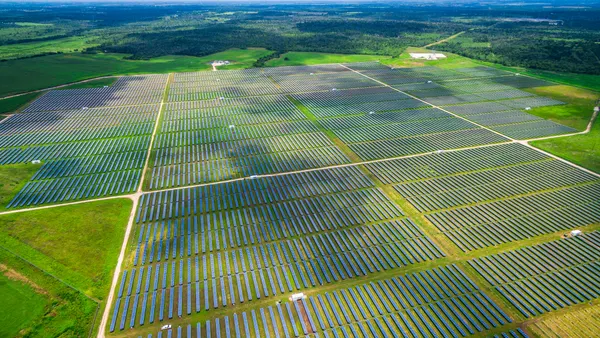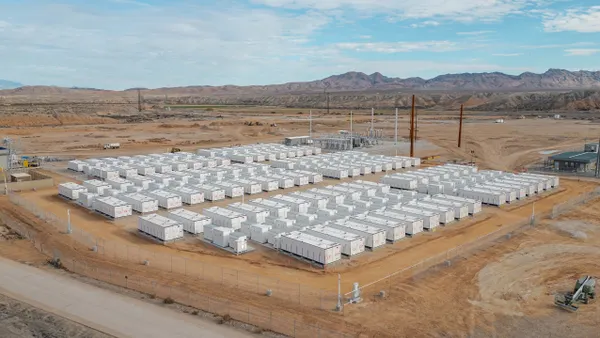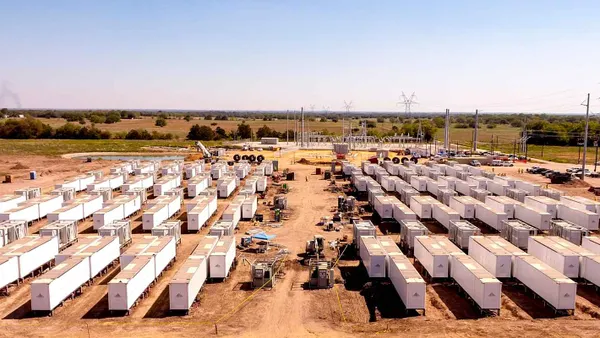Dive Brief:
-
A new report from the Smart Electric Power Alliance (SEPA) and the Energy Storage Association (ESA) outlines how utilities might try and work storage systems — mostly batteries — into their business models. Some companies and state governments have started to tackle the question of how utilities might fold batteries into their operations, but the report is meant to help all professionals and regulators see where plans might go, said Robert Tucker, the director of industry strategy at SEPA and a co-author of the report.
-
"[Utility companies] have to get creative if they want to pursue some of these storage projects, and kind of alter their business model a little bit," Tucker said. The report concludes that the main factors influencing whether batteries are a viable choice for utilities are whether a company can monetize multiple value streams, place batteries on microgrids, rely on wind or solar systems paired with batteries, use storage as a non-wires alternative or help customers see cost-saving effects.
-
Some of these possibilities, like creating multiple revenue streams from a battery, hinge on whether or not a state decides if batteries qualify as "generators," Tucker said, since many states mostly prohibit utility companies from owning power producers.
Dive Insight:
SEPA, a nonprofit representing a range of utility and other electricity-dependent companies, and the ESA, a trade group for companies involved in power storage technologies, decided to publish this report as a way to fill relevant parties in on how utilities plan to make batteries financially viable into the future, Tucker said.
And when a utility assesses batteries, there's one main issue at play. "I hate to talk about cost and pricing, ... but it does kind of come down to that," Tucker said. Battery adoption won't upend utility business models, but the companies will have to look for potential methods to make them profitable, he added.
In some cases, the number of companies looking to make batteries worthwhile — along with the number of batteries owned by each utility — will continue to grow because of local mandates. For other utilities, the dropping price of the technology motivates adoption, the report points out, as it lets companies prove to regulators that the benefits outweigh the (increasingly lower) costs.
Per the SEPA and ESA assessment, utilities might want to pair batteries with renewable generators, like solar or wind installations, as a way to "firm" up those energy sources and make them more reliable. A partnership between Portland General Electric (PGE) and NextEra Energy Resources, for example, tacks 300 MW of wind and 50 MW of solar on to 30 MW of battery storage. Building batteries into microgrids might also be an option for utilities — an example being a Duke Energy lease with a Florida school that has a solar panel, battery and electric vehicle charger set-up. Companies might want to install the batteries as non-wire alternatives or find a billing format that can show customers how they benefit from the storage systems, the report said.
Utilities also might want to ensure they make money off several battery functions — the business plan option that most heavily depends on state decisions about how to classify the power storage systems, Tucker said.
In states where utility companies are mostly banned from generating power, batteries sit in an unusual position. The systems act as storage but take on generator-like characteristics when feeding power back onto the grid. Some utilities have dealt with this issue by contracting out with a a third party that "owns the asset and operates out of the utility...but they operate it in a wholesale market to claim revenues," Tucker said.
But official regulatory decisions — a chronically-slow process — have yet to be made in many locations regarding how batteries are classified. SEPA "very much acknowledges that, especially on the regulatory side, things aren't moving fast enough, oftentimes at the state level," said Jordan Nachbar, a SEPA spokesperson. The issue of what kind of power service a battery qualifies as is a prime example of a regulatory decision that needs to be made before any technologies are out of date, Nachbar added.
Most of the SEPA/ESA report deals with organized power regions, but even in parts of the U.S. without the same overseeing coordinators, some of the same business plan ideas apply, said Maggie Shober, director of utility reform at the Southern Alliance for Clean Energy, via email. "Here in the Southeast, storage deployment depends less on who will own the batteries and more on how the resource is treated in a utility's [integrated resource plan] process," she wrote.
Some business plans are off to a good start. In January, Florida Power & Light Company started building the Manatee Energy Storage Center, which will be the world's largest combined solar and battery system. But others in the region offer a "cautionary tale," Shober said. Georgia Power recently allowed storage systems over 100 MW to bid into a Request For Proposals, but because the facilities had to charge from the grid, bidders might not have factored Investment Tax Credits into valuations.













